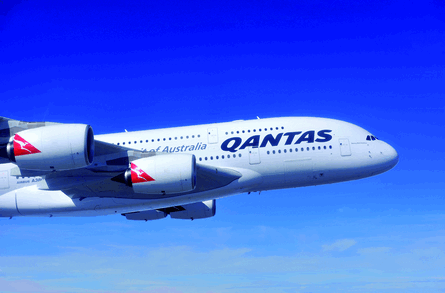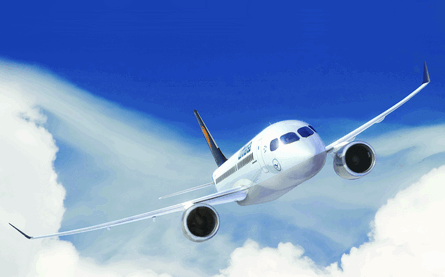While few would have predicted when Flight International published its World Airliners survey a year ago that 12 months on we would still be waiting for the Boeing 787 to take off, it has not been all bad news in 2008. The A380 has had a relatively trouble-free introduction - although overcoming production issues remains a headache for Airbus - and the world has a new small airliner after Bombardier decided to take on the big boys with its CSeries family.
As last year's directory closed for press, Boeing appeared convinced that it was on top of the production problems and that the Dreamliner was on course for its rescheduled maiden flight at the end of the first quarter of 2008. But in reality there were huge problems lurking around the corner, which would see the programme suffer a delay unprecedented in the US airframer's recent history and some very frustrated customers having to search for interim lift. To accommodate the latter, Boeing has concluded some innovative deals that have seen production of the 767 passenger jet significantly boosted to provide 787 launch customers with bridging capacity.
 |
|---|
© Airbus/H. Gousse |
The capacity shortfall created by the 787 delay, along with the wait that Airbus A350 XWB customers face for their new aircraft, has seen a surge in demand for the A330. Its orderbook surpassed 1,000 this year as the fortunes of its four-engined sister continue to wane. Airbus has built the last A340-300 on backlog, and orders for its big sisters, the-500/600 models, have all but vanished.
The A380 marked one year in service on 25 October, and so far the small fleet of delivered aircraft appear to have behaved well. The big challenge for Airbus is smoothly transitioning to series production and ramping up output - something that continues to elude the airframer as yet more delivery rescheduling was announced in 2008.
In parallel with resolving the A380 issues, Airbus is working flat out to complete A350 definition freeze by year-end. Having built a strong orderbook for the twinjet it must ensure it does not repeat any A380 mistakes in the production planning.
The A350's success has put more pressure on Boeing to make a counter-attack. While there is some logic in devising a mid-life update to refresh the 777 (or going even further), 787 customers such as Qantas have made it clear they would rather see a Dreamliner-based solution.
And while Airbus and Boeing push back the likely timeframe for introducing all-new replacements for the A320 and 737 families, Bombardier has moved to capitalise with its Pratt & Whitney GTF geared turbofan-powered CSeries. If the advertising is to be believed, the 110/130-seater will be a major threat to the low end of current narrowbodies, so it is no surprise that both incumbents have not ruled out creating an interim GTF-powered derivative of their existing designs.
 |
|---|
Furthermore, the marketplace could become even more crowded in the long term, with China confirming long-held plans to get into mainline airliner design and development. It aims to begin building a 150-seater by the end of the next decade.
In Russia, United Aircraft (OAK) appears to be making progress in reviving the civil manufacturing sector. While the Tu-204 is getting near-term support, there is a serious effort to develop the 180- to 210-seat MS-21 twinjet for introduction within seven years. But if it is to comply with OAK's ambition and compete globally, this all-new design must arrive with a genuine step-change performance for the narrowbody sector.
View part 1 of the World Airliners Cenus as a PDF.
Source: Flight International



















